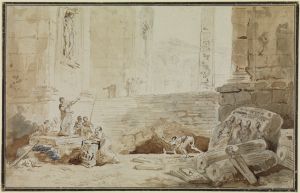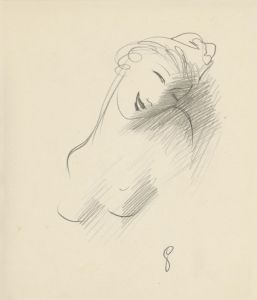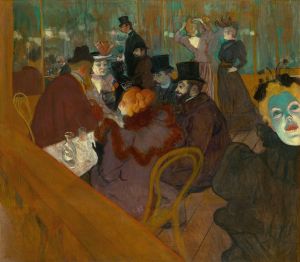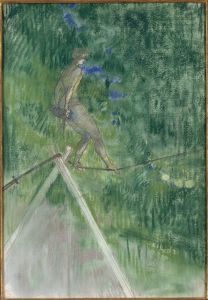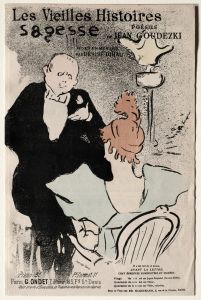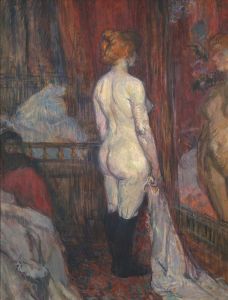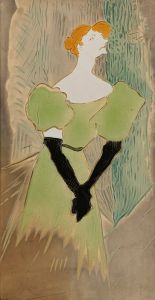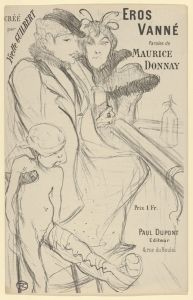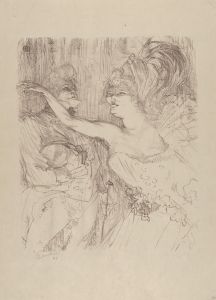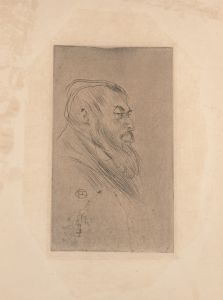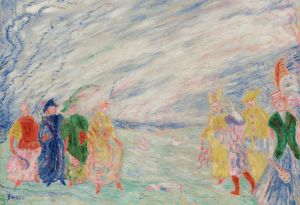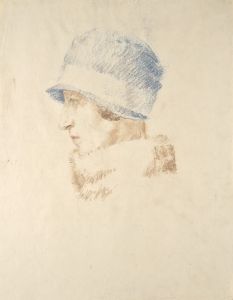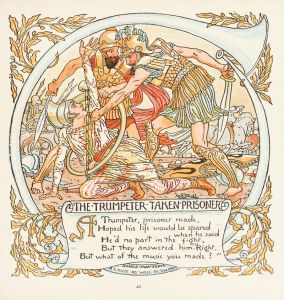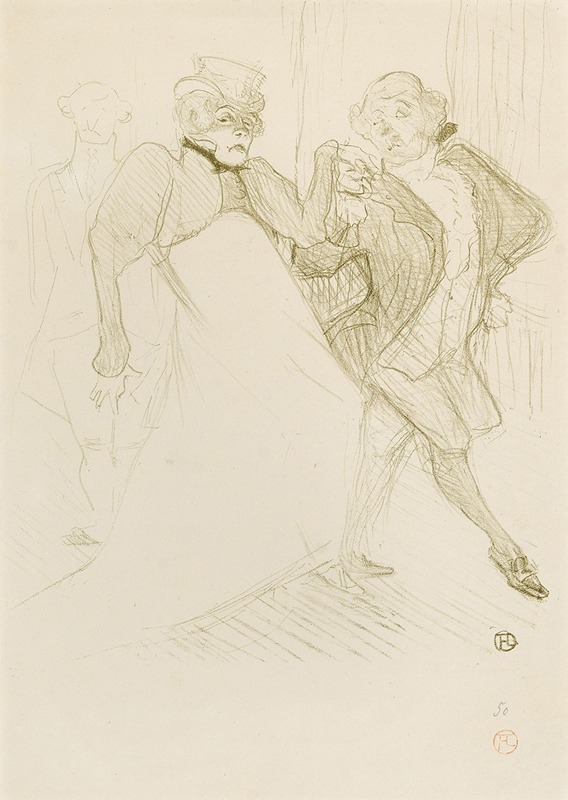
Réjane et Galipaux, dans Madame Sans-Gêne
A hand-painted replica of Henri de Toulouse-Lautrec’s masterpiece Réjane et Galipaux, dans Madame Sans-Gêne, meticulously crafted by professional artists to capture the true essence of the original. Each piece is created with museum-quality canvas and rare mineral pigments, carefully painted by experienced artists with delicate brushstrokes and rich, layered colors to perfectly recreate the texture of the original artwork. Unlike machine-printed reproductions, this hand-painted version brings the painting to life, infused with the artist’s emotions and skill in every stroke. Whether for personal collection or home decoration, it instantly elevates the artistic atmosphere of any space.
Réjane et Galipaux, dans Madame Sans-Gêne is a painting by the renowned French artist Henri de Toulouse-Lautrec. Created in 1893, this work captures two prominent actors of the time, Gabrielle Réjane and Galipaux, in their roles from the play "Madame Sans-Gêne." Toulouse-Lautrec, known for his keen interest in the Parisian theatre scene, frequently depicted performers and scenes from contemporary plays, and this painting is a testament to his fascination with the theatrical world.
Gabrielle Réjane, born Gabrielle-Charlotte Reju, was a celebrated French actress known for her dynamic stage presence and versatility. She gained significant fame for her role in "Madame Sans-Gêne," a play written by Victorien Sardou and Émile Moreau. The play, which premiered in 1893, tells the story of Catherine Hübscher, a laundress who rises to prominence during the French Revolution and becomes the Duchess of Danzig. Réjane's portrayal of the titular character was widely acclaimed, and she became closely associated with the role.
Galipaux, whose full name was Édouard Galipaux, was a well-known French actor and comedian. He was recognized for his comedic talent and his ability to bring humor and wit to his performances. In "Madame Sans-Gêne," Galipaux played the role of Lefebvre, Catherine Hübscher's husband, who also experiences a rise in status alongside his wife.
Henri de Toulouse-Lautrec was an influential Post-Impressionist painter, printmaker, and illustrator. Born into an aristocratic family, he moved to Paris to pursue his artistic career and became deeply immersed in the bohemian culture of Montmartre. Toulouse-Lautrec is best known for his depictions of the Parisian nightlife, including scenes from cabarets, dance halls, and theatres. His works often feature vibrant colors, dynamic compositions, and a keen eye for capturing the essence of his subjects.
In Réjane et Galipaux, dans Madame Sans-Gêne, Toulouse-Lautrec employs his characteristic style to portray the two actors in a moment of performance. The painting showcases his ability to convey the energy and emotion of the theatre, as well as his skill in capturing the likeness and personality of his subjects. The composition is likely to include bold lines and a sense of movement, reflecting the dynamic nature of the play and the performances of Réjane and Galipaux.
Toulouse-Lautrec's works from this period often highlight his interest in the human condition and the complexities of social interactions. By focusing on actors and their roles, he provides a glimpse into the world of the theatre and the lives of those who inhabit it. Réjane et Galipaux, dans Madame Sans-Gêne is a prime example of how Toulouse-Lautrec's art bridges the gap between the everyday and the extraordinary, capturing moments of theatrical performance with both sensitivity and insight.
This painting is part of Toulouse-Lautrec's broader body of work that celebrates the vibrancy and diversity of Parisian culture at the turn of the century. His contributions to art have left a lasting legacy, influencing subsequent generations of artists and continuing to captivate audiences with their unique blend of realism and expressionism.





